Electrophysiology
Recent articles
Averaging is a convenient fiction of neuroscience
But neurons don’t take averages. This ubiquitous practice hides from us how the brain really works.
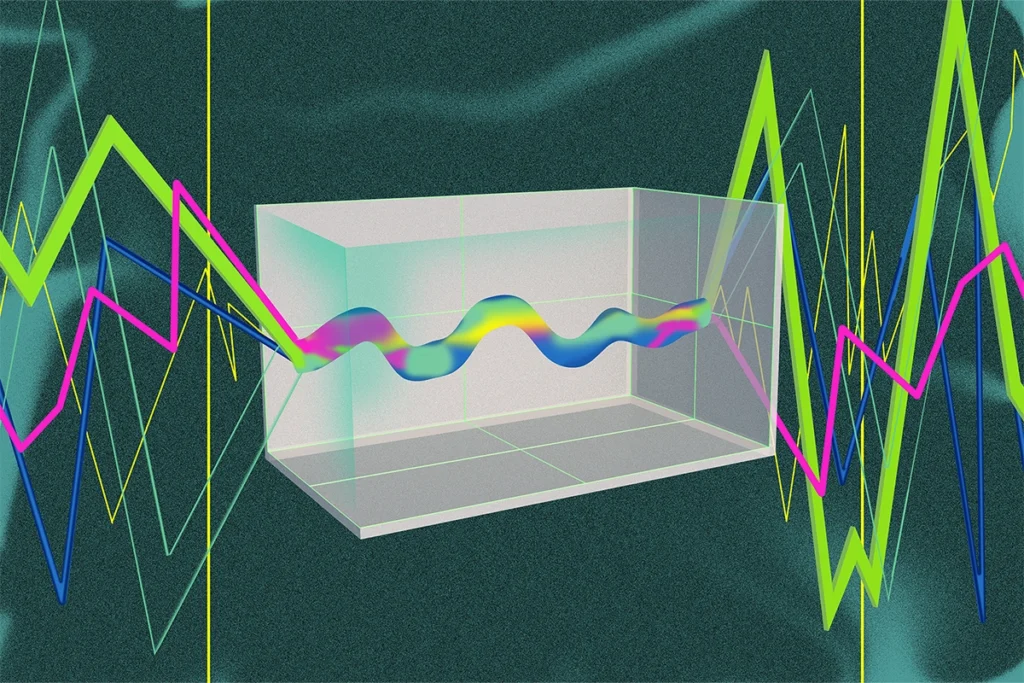
Averaging is a convenient fiction of neuroscience
But neurons don’t take averages. This ubiquitous practice hides from us how the brain really works.
Reconstructing dopamine’s link to reward
The field is grappling with whether to modify the long-standing theory of reward prediction error—or abandon it entirely.

Reconstructing dopamine’s link to reward
The field is grappling with whether to modify the long-standing theory of reward prediction error—or abandon it entirely.
Neurons’ spikes may convey their whereabouts
The time lag between spurts of activity holds anatomical information, according to a preprint.

Neurons’ spikes may convey their whereabouts
The time lag between spurts of activity holds anatomical information, according to a preprint.
Nonsense correlations and how to avoid them
This statistical error is common in systems neuroscience. Fortunately, straightforward methods can help you prevent it.
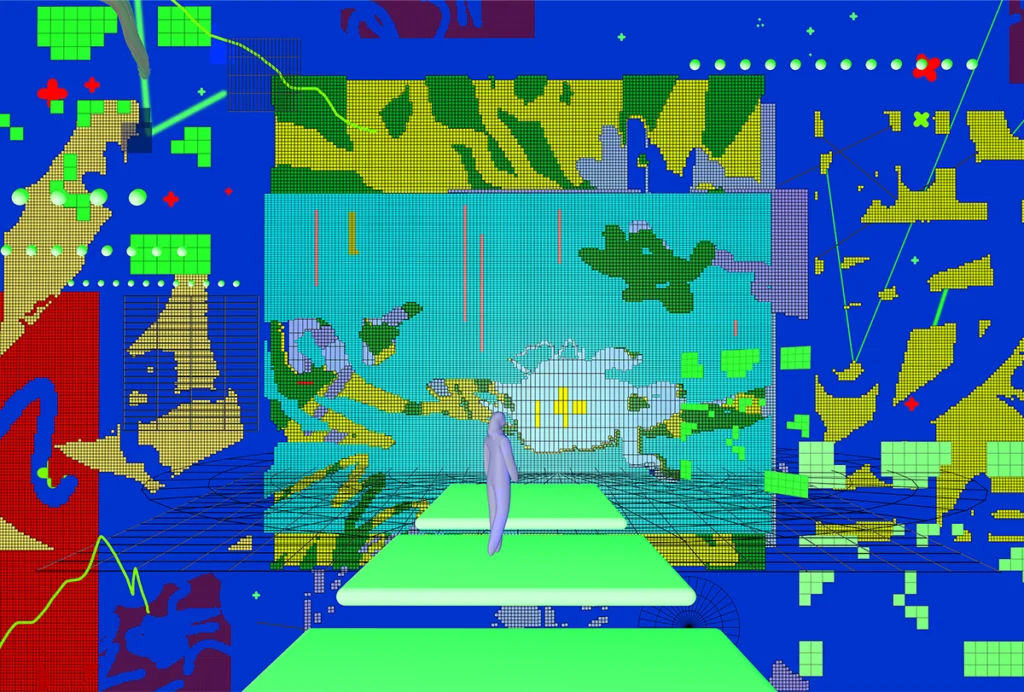
Nonsense correlations and how to avoid them
This statistical error is common in systems neuroscience. Fortunately, straightforward methods can help you prevent it.
10 standards for brain electrode-array recordings enhance reproducibility
Electrophysiology findings can vary widely from lab to lab, even among those using identical protocols. New guidelines set forth in a preprint should help.
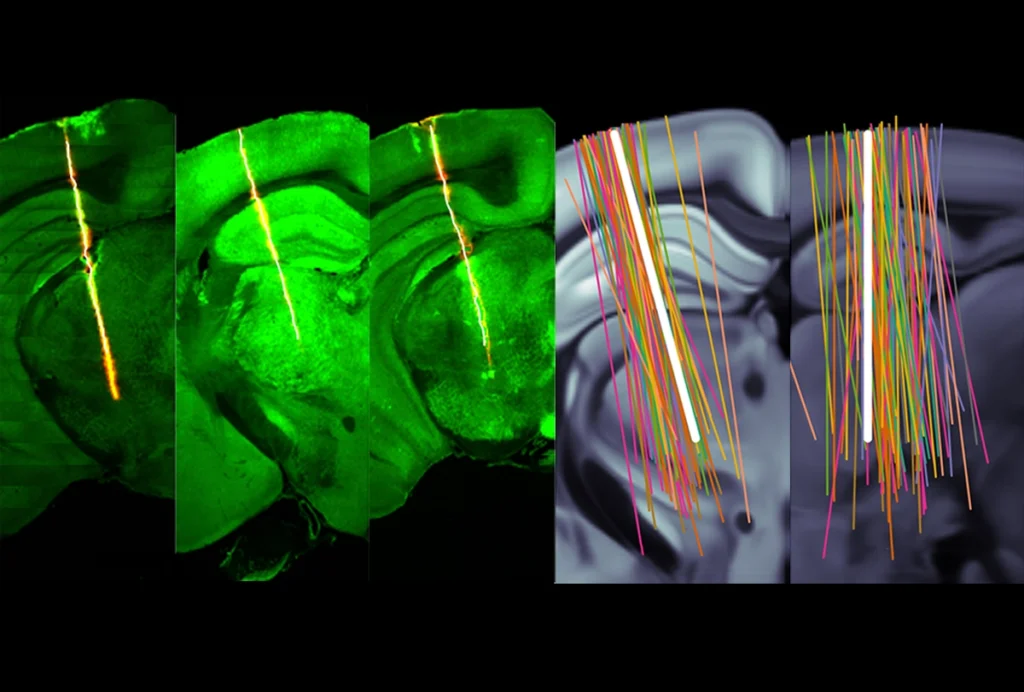
10 standards for brain electrode-array recordings enhance reproducibility
Electrophysiology findings can vary widely from lab to lab, even among those using identical protocols. New guidelines set forth in a preprint should help.
Neurons in rat olfactory bulb ‘feel the pulse’
Mechanical receptors can detect intracranial pressure changes caused by blood flow, which enables neurons to synchronize with the heartbeat.
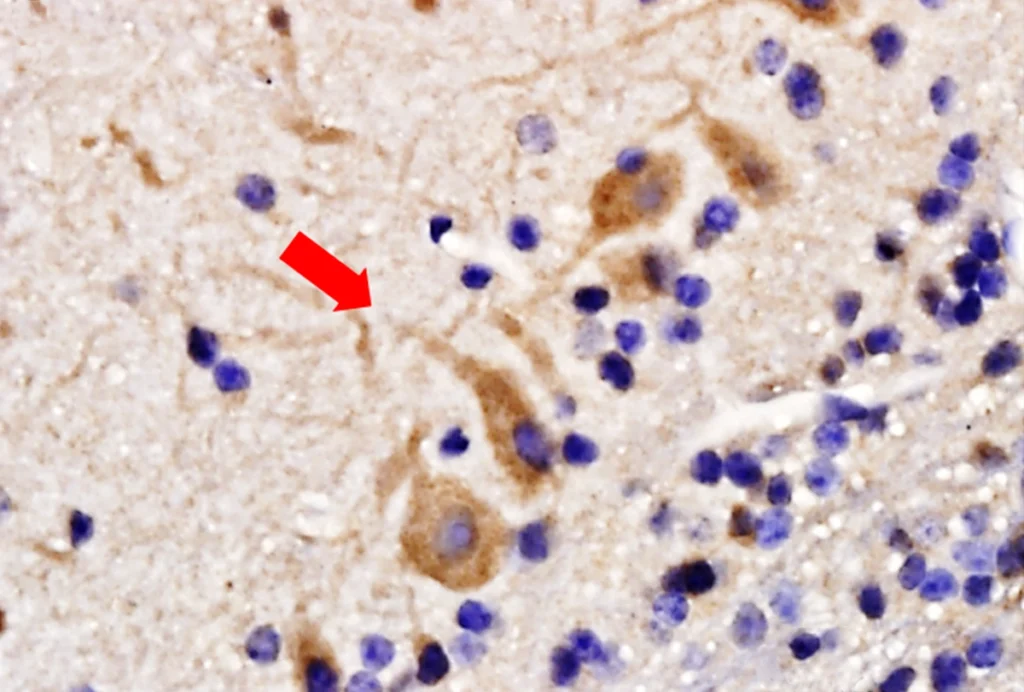
Neurons in rat olfactory bulb ‘feel the pulse’
Mechanical receptors can detect intracranial pressure changes caused by blood flow, which enables neurons to synchronize with the heartbeat.
Individual neurons tune to complex speech sounds and cues
Neuropixels arrays implanted in people reveal nuances of speech perception and production that confirm results from brain-surface recordings and can even predict what someone is about to say.
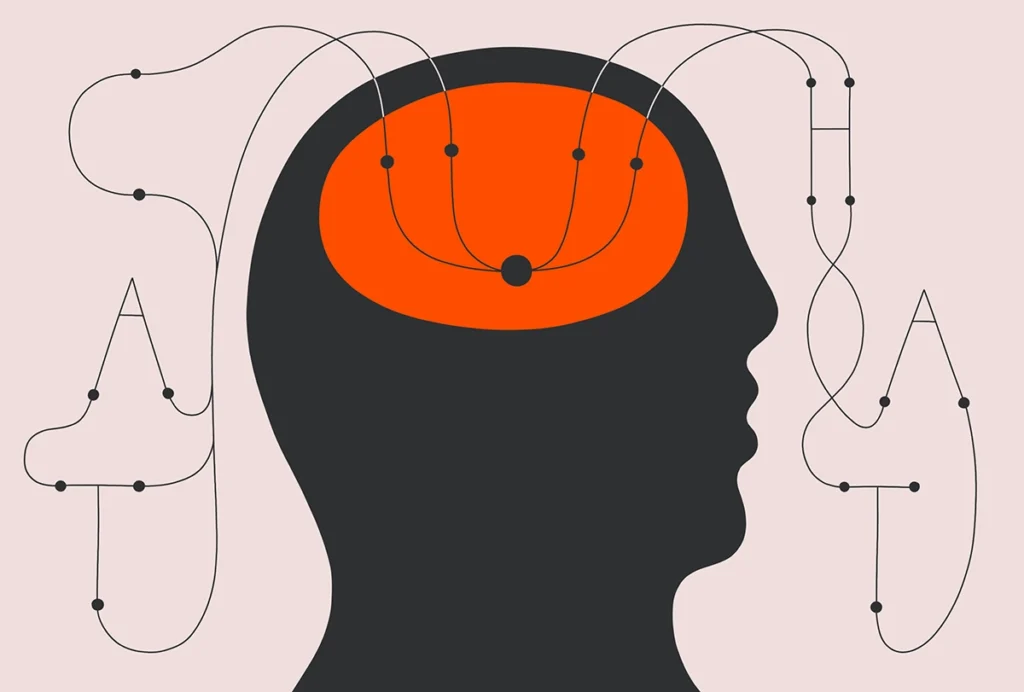
Individual neurons tune to complex speech sounds and cues
Neuropixels arrays implanted in people reveal nuances of speech perception and production that confirm results from brain-surface recordings and can even predict what someone is about to say.
The legacy of William Catterall, ‘father of ion channels’
Catterall, who characterized the structure, function and regulation of sodium and calcium channels crucial for neuronal excitability, died last month at the age of 77.

The legacy of William Catterall, ‘father of ion channels’
Catterall, who characterized the structure, function and regulation of sodium and calcium channels crucial for neuronal excitability, died last month at the age of 77.
Monkey studies throw wrench into decade-old idea about movement’s effect on visual cortex
Movements that boost activity in the visual cortex of mice have the opposite or no effect in marmosets and macaques, prompting questions about whether mice are a suitable model for the primate visual system.

Monkey studies throw wrench into decade-old idea about movement’s effect on visual cortex
Movements that boost activity in the visual cortex of mice have the opposite or no effect in marmosets and macaques, prompting questions about whether mice are a suitable model for the primate visual system.
Top autism-linked genes join forces to shape synaptic plasticity
The protein products of ANK2 and SCN2A interact to regulate dendritic excitability.

Top autism-linked genes join forces to shape synaptic plasticity
The protein products of ANK2 and SCN2A interact to regulate dendritic excitability.
Explore more from The Transmitter
Okur-Chung neurodevelopmental syndrome; excess CSF; autistic girls
Here is a roundup of autism-related news and research spotted around the web for the week of 21 October.

Okur-Chung neurodevelopmental syndrome; excess CSF; autistic girls
Here is a roundup of autism-related news and research spotted around the web for the week of 21 October.
Brains, biases and amyloid beta: Why the female brain deserves a closer look in Alzheimer’s research
New results suggest the disease progresses differently in women, but we need more basic science to unpack the mechanisms involved.
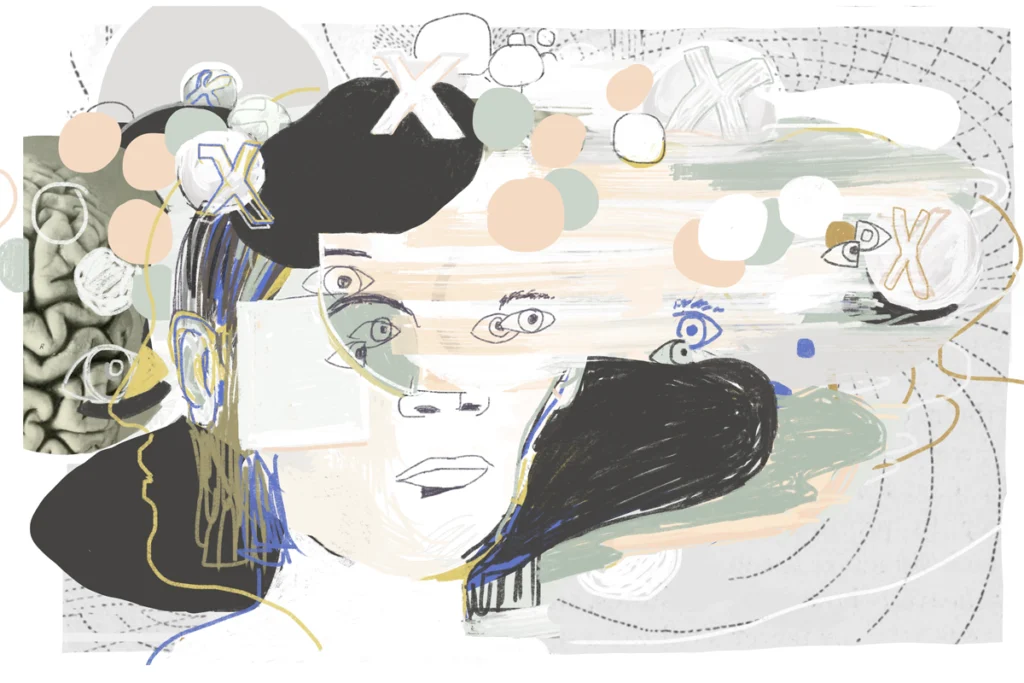
Brains, biases and amyloid beta: Why the female brain deserves a closer look in Alzheimer’s research
New results suggest the disease progresses differently in women, but we need more basic science to unpack the mechanisms involved.
Are brains and AI converging?—an excerpt from ‘ChatGPT and the Future of AI: The Deep Language Revolution’
In his new book, to be published next week, computational neuroscience pioneer Terrence Sejnowski tackles debates about AI’s capacity to mirror cognitive processes.
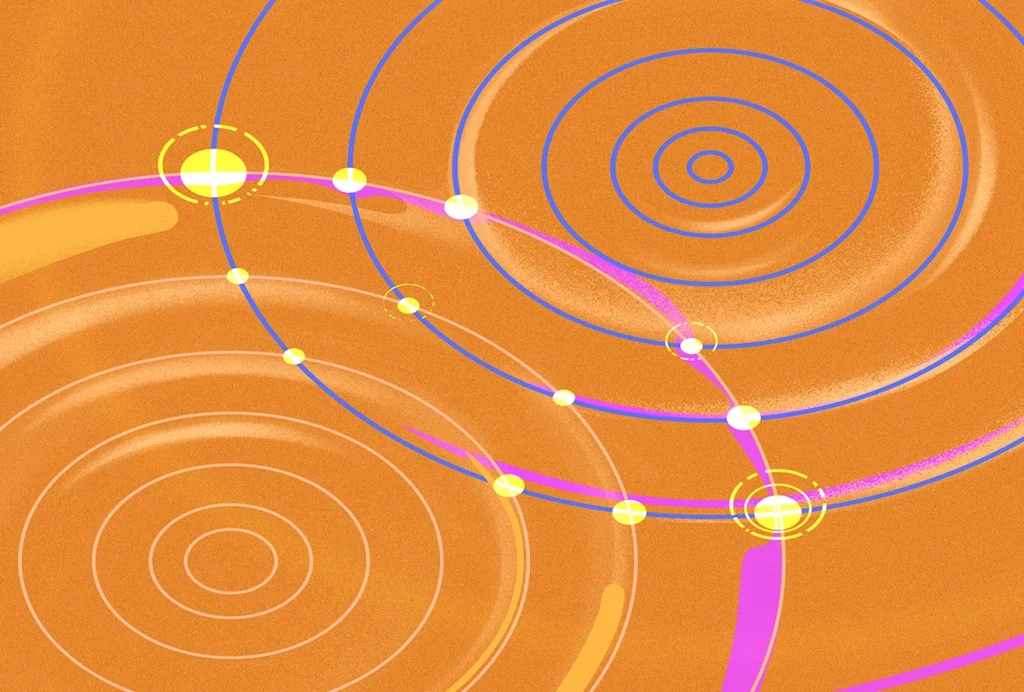
Are brains and AI converging?—an excerpt from ‘ChatGPT and the Future of AI: The Deep Language Revolution’
In his new book, to be published next week, computational neuroscience pioneer Terrence Sejnowski tackles debates about AI’s capacity to mirror cognitive processes.